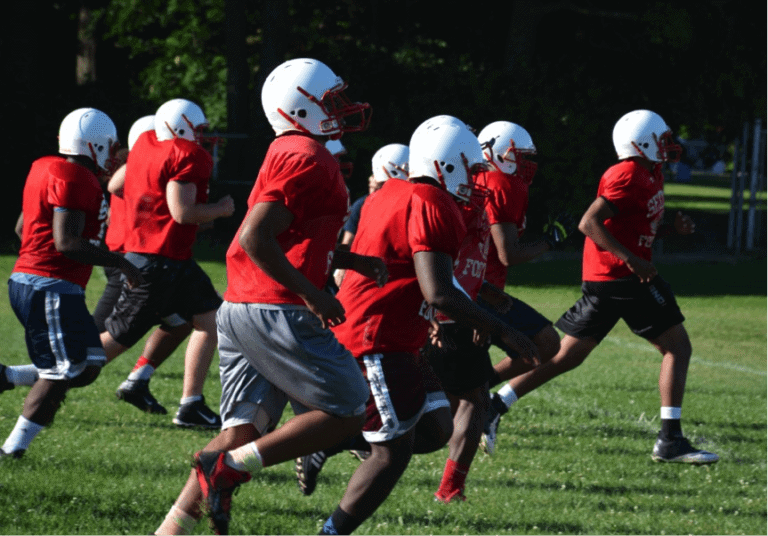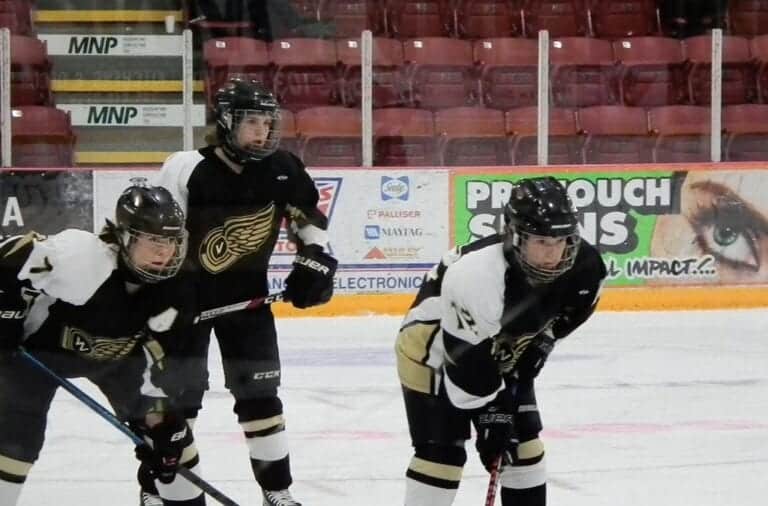Recently, our team attended a national convention of industry leaders in HR, and it got us thinking about some of the learnings we could take and apply to sport from the profession whose role it is to recruit the best people for a role and then retain them. We thought this was particularly relevant when considering the college transfer portal.
While the transfer portal is a substantial improvement in efficiency for athletic administrators and creates increased opportunities for student-athletes; it also presents significant challenges for coaches, with one of the most critical being retention.
Lucy Adams, Founder of Disruptive HR and Keynote Speaker at the conference, explained a technique she uses in the business world called ‘Stay Interviews’ to retain key people, reduce turnover, and save organization time and money in recruitment and training.
‘Stay Interviews’ are an informal conversation that are less about work progress or coaching for better performance, instead they are more for leaders to understand why their team members are motivated to be at an organization.
In addition to the costs of departure, there is the instability that when one or several people leave, there is often an impact on culture within a team or organisation. ‘Stay Interviews’ can also be implemented as an early warning system so leaders can be aware of their team’s needs by starting to have conversations earlier on, address any presenting issues in real-time, and ensure that employees’ needs are being met so that they feel supported within their role.
Translating this into the sporting context, naturally coaches do not want to be discovering all the things an athlete dislikes about being in their program as they are walking out the door. At Athlete Assessments we are strong advocates for techniques that capture issues early when you can do something about them. In athletic terms, Stay Interviews are not a ‘silver bullet’ to solving the transfer portal challenge but they do provide an opportunity to build deeper connections and a stronger coach-athlete relationship, as athletes who are connected to their program, coach, and teammates will find it harder to leave (or they are less likely to even consider it).
Questions that coaches can ask athletes in ‘stay interviews’
#1 If you were coaching yourself, what would you do differently?
It is imperative to view each athlete in your team as an individual and understand that they will have their own preferences for how to be communicated with. For example, you will see their preference for pace in the way they talk and play, and whether they are comfortable or uncomfortable with the pace being set in the game or practice. You will see their preference for change if their feedback relates to whether routines and drills are varied enough for them. Their preferences for communication style may also come out here; they may need information to be delivered more directly, or they could need time to process strategy and technical tips. Providing athletes with an opportunity to communicate their individual needs allows them to highlight what does and doesn’t work for them in a supported way and demonstrates that their coach is invested in their personal success.
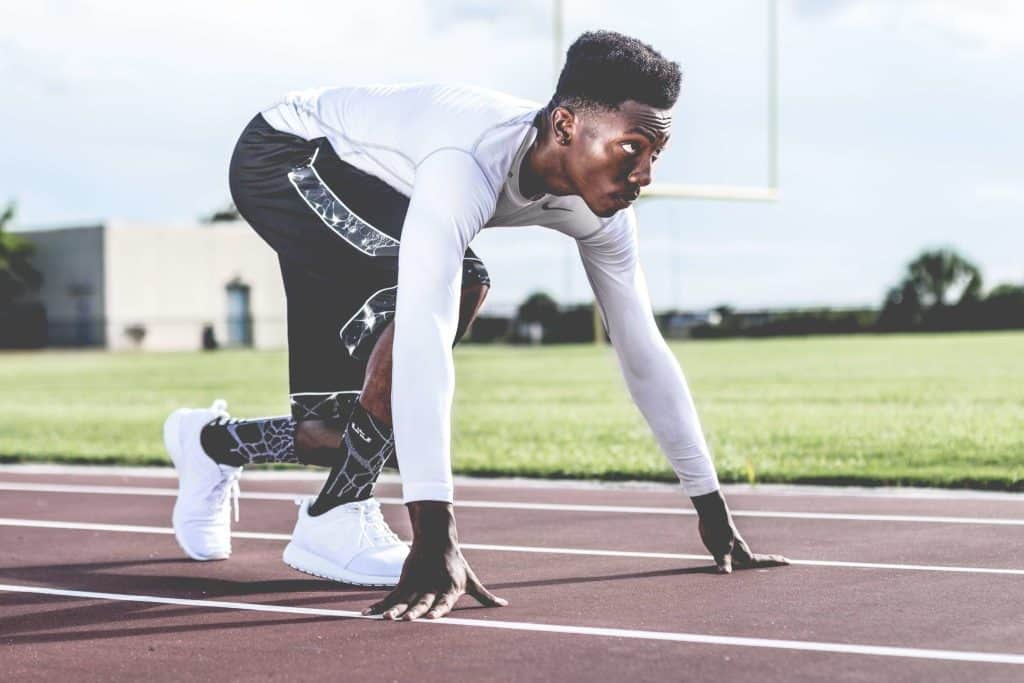

It is imperative to view each athlete in your team as an individual and understand that they will have their own preferences for how to be communicated with. For example, you will see their preference for pace in the way they talk and play, and whether they are comfortable or uncomfortable with the pace being set in the game or practice. You will see their preference for change if their feedback relates to whether routines and drills are varied enough for them. Their preferences for communication style may also come out here; they may need information to be delivered more directly, or they could need time to process strategy and technical tips. Providing athletes with an opportunity to communicate their individual needs allows them to highlight what does and doesn’t work for them in a supported way and demonstrates that their coach is invested in their personal success.
#2 What would entice you to leave our team or the university?
An athlete’s motivations (also detailed in the AthleteDISC Profile) will offer an insight into their response to this question and the reason they practice and compete in this sport at their current level and what they see as part of their future will determine what they say here. Knowing what may entice an athlete to leave a program may also help coaches identify whether it is within their control to prevent (e.g. team culture, training style, communication, etc.), or if the factors are outside of their control (e.g. location, further study opportunities, friends/family, etc.)
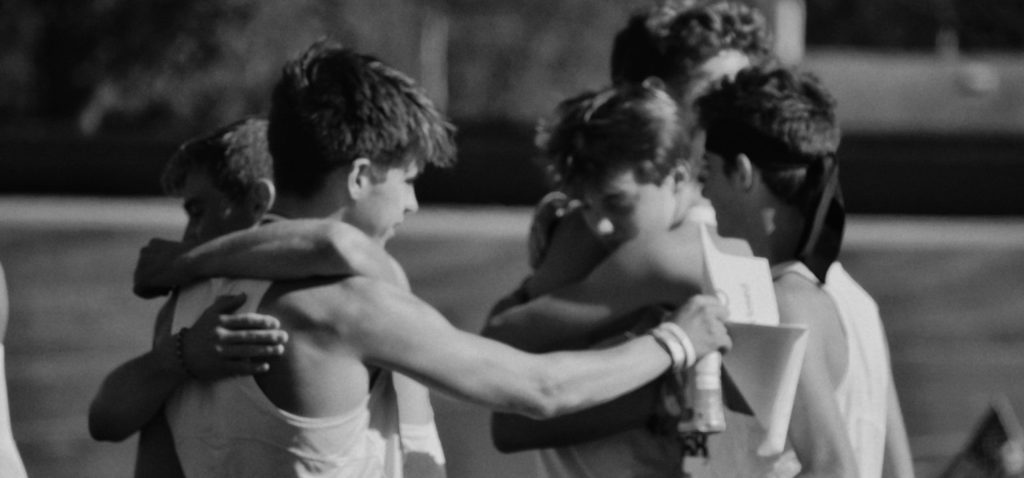
An athlete’s motivations (also detailed in the AthleteDISC Profile) will offer an insight into their response to this question and the reason they practice and compete in this sport at their current level and what they see as part of their future will determine what they say here. Knowing what may entice an athlete to leave a program may also help coaches identify whether it is within their control to prevent (e.g. team culture, training style, communication, etc.), or if the factors are outside of their control (e.g. location, further study opportunities, friends/family, etc.)

#3 What makes you feel frustrated on a day-to-day basis?
Any individual can become frustrated when things are not going according to plan, and in the pressured environment like elite sport, it is no different. Frustration can stem from a variety of places, for example, if an athlete is one of the faster-paced Dominance ‘D’ or Influence ‘I’ DISC styles, the pace of the program or the people around them may feel too slow and cause them to feel stagnated. Equally, an athlete who is highest in the Steadiness ‘S’ style may find things move too quickly and feel left behind. Additionally, someone highest in the Conscientious ‘C’ style will value detail and process, and likely needs to clearly understand the team’s goals, plan for achieving them, and their individual contribution to the team’s overall performance; and a lack of information will be a likely cause of frustration for them. Providing athletes with a safe and open line of communication to share this with their coach will further increase their sense of involvement in their program.


Any individual can become frustrated when things are not going according to plan, and in the pressured environment like elite sport, it is no different. Frustration can stem from a variety of places, for example, if an athlete is one of the faster-paced Dominance ‘D’ or Influence ‘I’ DISC styles, the pace of the program or the people around them may feel too slow and cause them to feel stagnated. Equally, an athlete who is highest in the Steadiness ‘S’ style may find things move too quickly and feel left behind. Additionally, someone highest in the Conscientious ‘C’ style will value detail and process, and likely needs to clearly understand the team’s goals, plan for achieving them, and their individual contribution to the team’s overall performance; and a lack of information will be a likely cause of frustration for them. Providing athletes with a safe and open line of communication to share this with their coach will further increase their sense of involvement in their program.
#4 What gives you energy? And what drains your energy?
Comparing an athlete’s Natural and Adapted DISC Profile helps identify energy givers and drainers. But if your athletes have not undertaken a tool like the AthleteDISC Profile, this question may require time for a considered answer, and coaches should allow their athletes to spend some time thinking about it. Adapting to different situations and people is healthy and even skilful but change requires energy so it’s important to consider whether it is a momentary adjustment, or if an athlete needs to maintain an adaptation for an extended period in order to perform their role. Understanding this helps to identify potential energy drainers and whether there is an opportunity to support the athlete further in performing to their natural style to sustain their energy long-term.
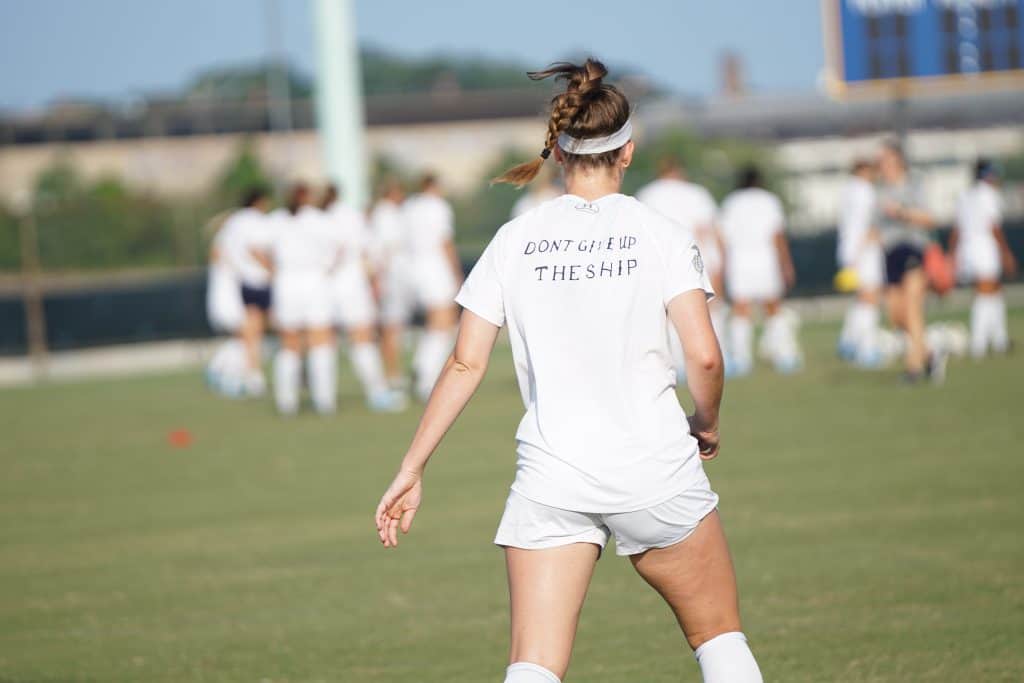
Comparing an athlete’s Natural and Adapted DISC Profile helps identify energy givers and drainers. But if your athletes have not undertaken a tool like the AthleteDISC Profile, this question may require time for a considered answer, and coaches should allow their athletes to spend some time thinking about it. Adapting to different situations and people is healthy and even skilful but change requires energy so it’s important to consider whether it is a momentary adjustment, or if an athlete needs to maintain an adaptation for an extended period in order to perform their role. Understanding this helps to identify potential energy drainers and whether there is an opportunity to support the athlete further in performing to their natural style to sustain their energy long-term.

#5 Is there anything we are doing that you think could be improved?
Involvement leads to ownership, if coaches can vulnerably open themselves, the coaching team, and the program in this way, it allows their athletes to have space to contribute to the practice and preparation that shapes their performance. Feedback responses to this question are not personal, they could reflect insight that a coach is not aware of or action that is taking place beyond the realm of coaching influence. Responses could also be an indication for whether a coach’s intentions, are matching their actions.
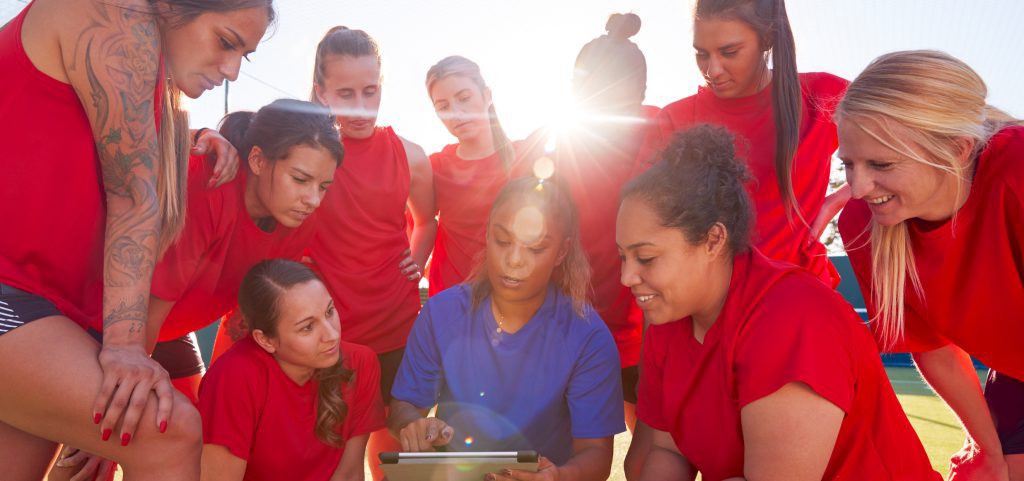

Involvement leads to ownership, if coaches can vulnerably open themselves, the coaching team, and the program in this way, it allows their athletes to have space to contribute to the practice and preparation that shapes their performance. Feedback responses to this question are not personal, they could reflect insight that a coach is not aware of or action that is taking place beyond the realm of coaching influence. Responses could also be an indication for whether a coach’s intentions, are matching their actions.
#6 Is our team culture serving you? Do you feel valued and appreciated?
There are often two cultures belonging to one team; the one coaches, and the team publicly talk about, and the other one that actually exists. As a coach you want to be sure that the culture you want is the culture that actually exists in your locker room, in your team and shapes the team’s performance. Some of sports’ top coaches contributed their thoughts on culture during one of our Open Webinars, ‘Return, Reset, Restart Your Team Culture.’
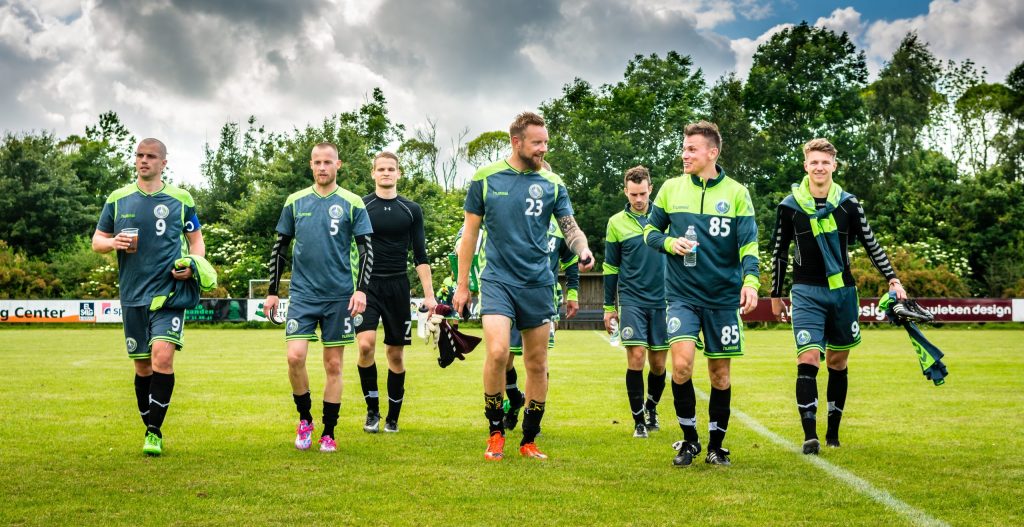
There are often two cultures belonging to one team; the one coaches, and the team publicly talk about, and the other one that actually exists. As a coach you want to be sure that the culture you want is the culture that actually exists in your locker room, in your team and shapes the team’s performance. Some of sports’ top coaches contributed their thoughts on culture during one of our Open Webinars, ‘Return, Reset, Restart Your Team Culture.’

#7 Have you ever thought about leaving? If so, when was it, what caused you to think that?
This is a really critical question, and should be asked last once comfortability has been established in the purpose of the conversation. Taking inspiration from other industries, we can refer to the concept of ‘High Reliability Organizations’ which are are organizations that achieve safety, quality, and efficiency goals by employing five core principles. Most commonly used in aviation, healthcare, and mining, the principles are highly relevant to sport and most relevantly to this question, is the principle of having ‘Sensitivity to Operations.’ This principle means understanding that the best picture of a current situation, especially an unexpected one, comes from those on the frontline of any environment, as they are better positioned to recognize potential issues and identify opportunities for improvement. By asking these questions of the athletes within the team, coaches can begin to make changes that will impact retention in their program before the decision to leave has already been made.
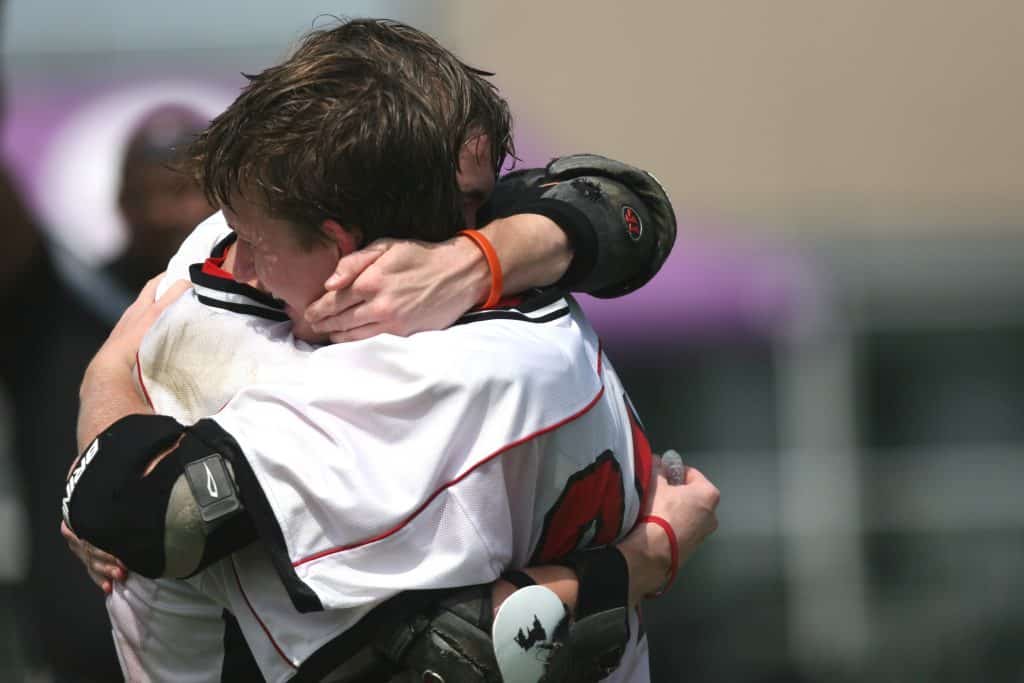

This is a really critical question, and should be asked last once comfortability has been established in the purpose of the conversation. Taking inspiration from other industries, we can refer to the concept of ‘High Reliability Organizations’ which are are organizations that achieve safety, quality, and efficiency goals by employing five core principles. Most commonly used in aviation, healthcare, and mining, the principles are highly relevant to sport and most relevantly to this question, is the principle of having ‘Sensitivity to Operations.’ This principle means understanding that the best picture of a current situation, especially an unexpected one, comes from those on the frontline of any environment, as they are better positioned to recognize potential issues and identify opportunities for improvement. By asking these questions of the athletes within the team, coaches can begin to make changes that will impact retention in their program before the decision to leave has already been made.
In summary, the most important element of a Stay Interview is the actions the precede and follow it. For coaches, this means first creating an environment where athletes feel safe enough to have an open and honest conversation, and then actually taking on and applying the feedback from their athletes to ensure they feel listened to; an approach closely aligned with athlete-centered coaching.
Where to from here?
If the themes in this article resonated with you, then our upcoming Open Webinar is a must-see. Happening in November, join 4x Olympian and Athlete Assessments’ Founder and Director, Bo Hanson, along with our CEO, Liz Masen, for this webinar where we’ll be sharing insights and strategies we’ve found to be most effective for Building Athlete Attachment & Retention through Connection. Register now!
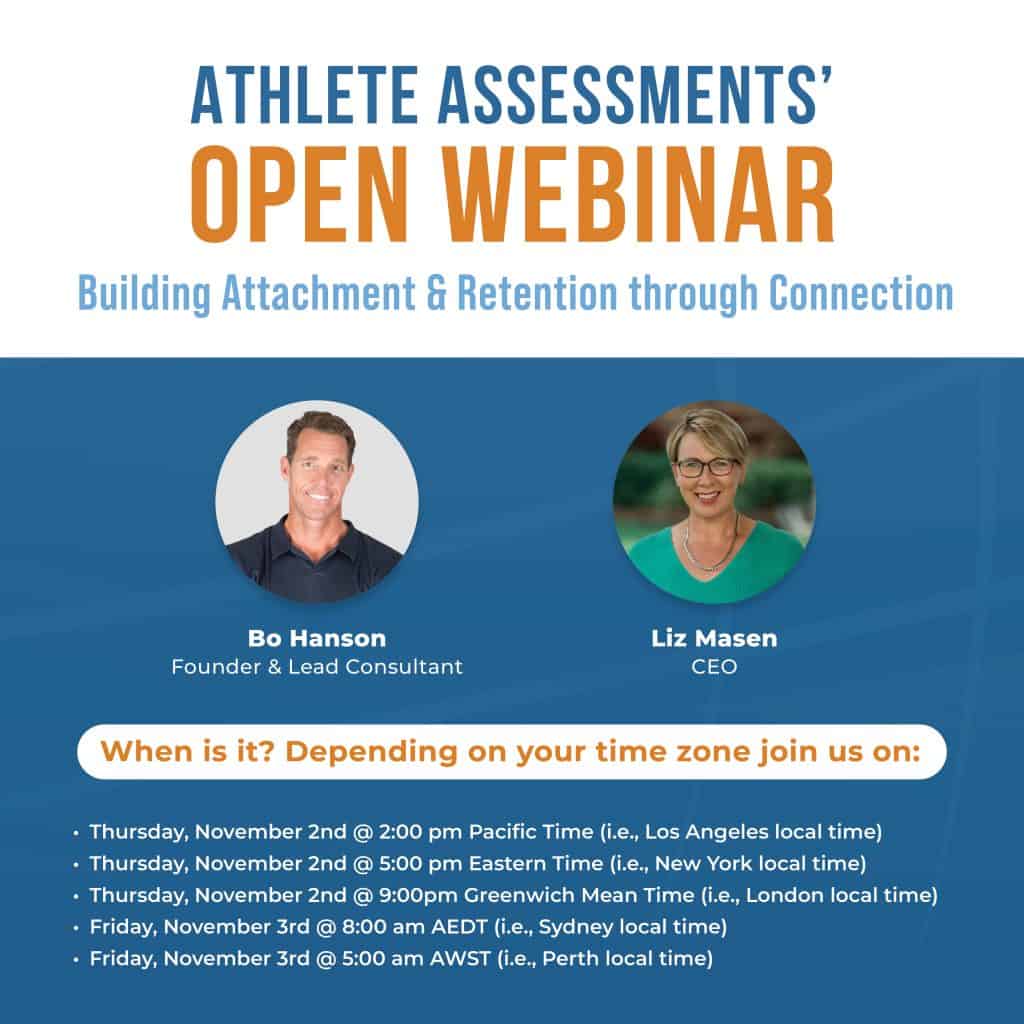
Where to from here?
If the themes in this article resonated with you, then our upcoming Open Webinar is must-see. Happening in November, join 4x Olympian and Athlete Assessments’ Founder and Director, Bo Hanson, along with our CEO, Liz Masen, for this webinar where we’ll be sharing insights and strategies, we’ve found to be most effective for Building Athlete Attachment & Retention through Connection. Register now!

Recommended Articles
It’s well-known that most athletes do not spend their competitive sporting years thinking about what they might do next, so when they do reach that stage, whether by choice or by circumstances beyond their control, they are often left wondering how to transfer their level of on-field success to their off-field career. A common theme has emerged from many athletes who have successfully transitioned, they have not done it alone, and this is where Carrie White and AthLife come in.
The coach-athlete relationship, a research backed non-negotiable when it comes to getting the best and sustained performance out of your athletes.
Coaching and successfully developing elite athletes requires dedicated attention to mental skills development – self-awareness, self-belief, identity and resiliency, skills which benefit athletes in competition and in life. Kyle McDonald, Mental Performance Coach, General Manager and Performance Director of the Weyburn Gold Wings, shares the process of mental skills development



